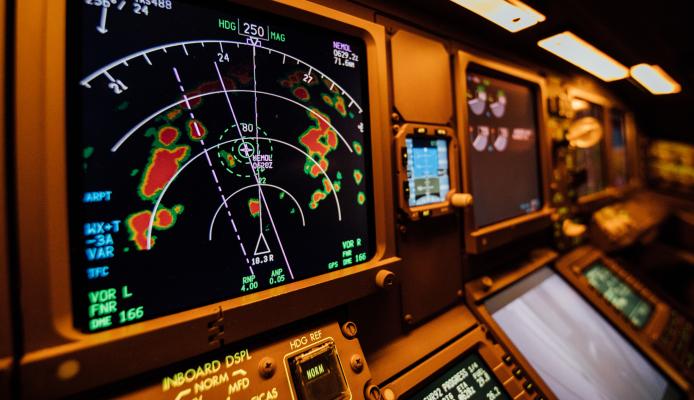Actionable weather guidance is designed to support decision making in the face of anticipated weather impacts and associated prediction uncertainty. As such, the guidance needs to consider a stakeholder’s mission sensitivity to particular aspects of the weather. Moreover, the weather needs to be communicated in terms of weather impacts for a specific flight operation and be detailed in terms of location and timing of the impacts in order to achieve maximum benefit for the decision maker. This translation of weather into operational impacts requires a solid understanding of air/spacecraft performance limitations and how aspects of weather may enable or hinder a particular flight operation. The guidance also needs to convey prediction uncertainty. NCAR has substantial experience and capabilities to diagnose and predict weather phenomena in challenging environments and the expertise to assist the aviation industry in developing actionable weather guidance tailored for specific types of flight missions.
Research and Development Areas
Airports, Heliports, and Vertiports
Airports are typically located in flat areas with little obstruction to enable effective departure and approach paths. Heliports and especially vertiports may be located in potentially more challenging environments, including near complex terrain and urban rooftops. Every takeoff and landing spot exhibits its own weather challenges based on the climatic conditions and local weather phenomena. NCAR can assist in assessing anticipated weather impacts for locations of interest.
- Weather observations and improvements
- Terminal area weather
- Lightning safety
- Micro-weather in urban environments
En Route
For a flight, weather hazards are strategically minimized through smart flight planning and then tactically avoided based on actionable weather guidance. Depending on the complexity of a flight and given a multitude of possible weather impacts, the flight planning and execution can become more involved. NCAR can assist with developing decision support tools for specific operational needs, whether that is for flight dispatch, an onboard or remote pilot in command, or creating a situational weather awareness for air traffic control.
Low Altitude
The weather in the lowest part of the atmosphere can be quite dynamic making low-altitude flight operations potentially very challenging, especially near complex terrain and in urban environments. NCAR has modeling capabilities to assist advanced air mobility researchers and operators with understanding the detailed micro-weather hazards that flight operations will experience. Moreover, onboard weather observations can be highly beneficial for creating a shared situational weather awareness, validation of micro-weather predictions, and through smart assimilation in real time help improve such predictions.
High Altitude
The aviation and aerospace industry are increasingly targeting the Upper Class E Airspace (i.e., stratosphere) with uncrewed solar-powered aircraft or balloons to provide pseudo-satellite communications platforms as an alternative to spaceborne satellites. Also, supersonic aircraft target those altitudes for their operations. Stratospheric flight planning and operations require detailed guidance about the anticipated climatological conditions (e.g., temperature, wind and turbulence, radiation, etc.) and weather phenomena (jetstream, waves, deep thunderstorms, etc.) at those altitudes. This information is necessary for both aircraft design and certification as well as guidance of flights in that airspace with limited traffic control. NCAR scientists can assist the aviation industry with collaboratively assessing weather sensitivities of high-altitude flight operations to determine needs and requirements for enhanced weather guidance.
